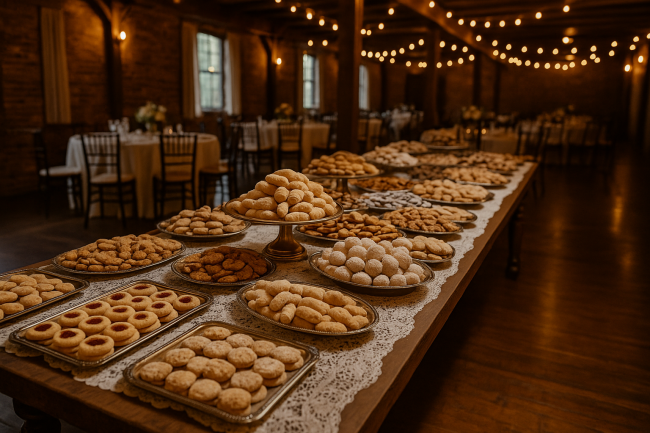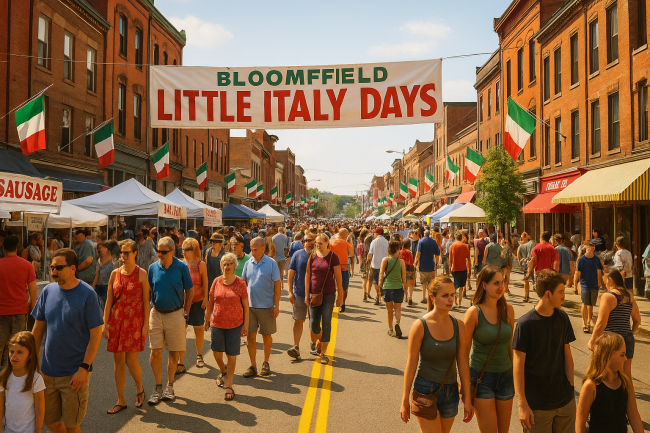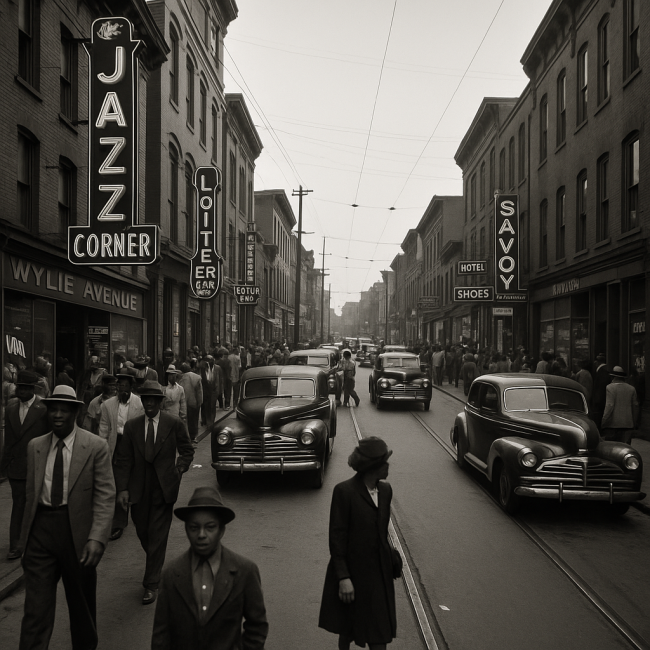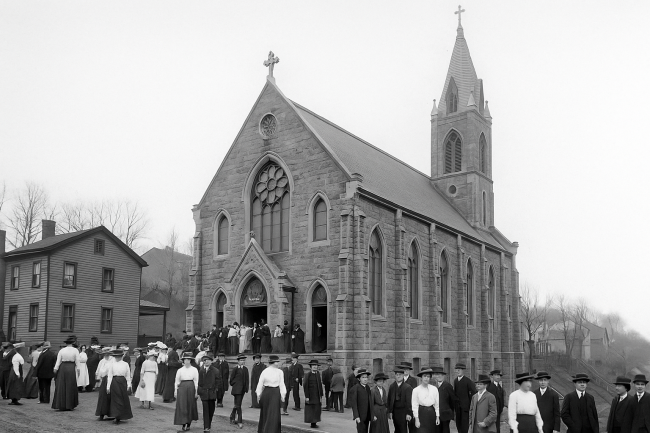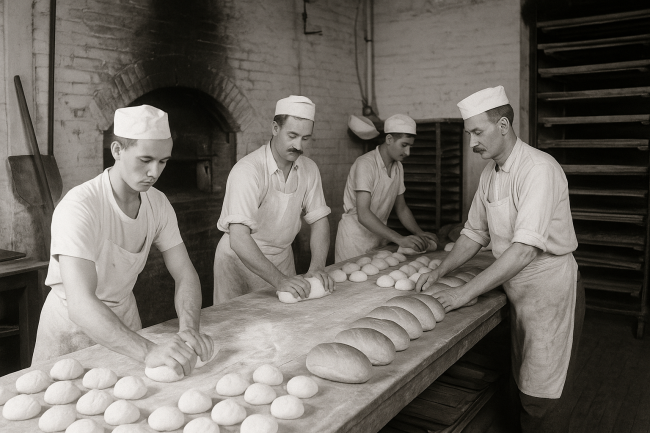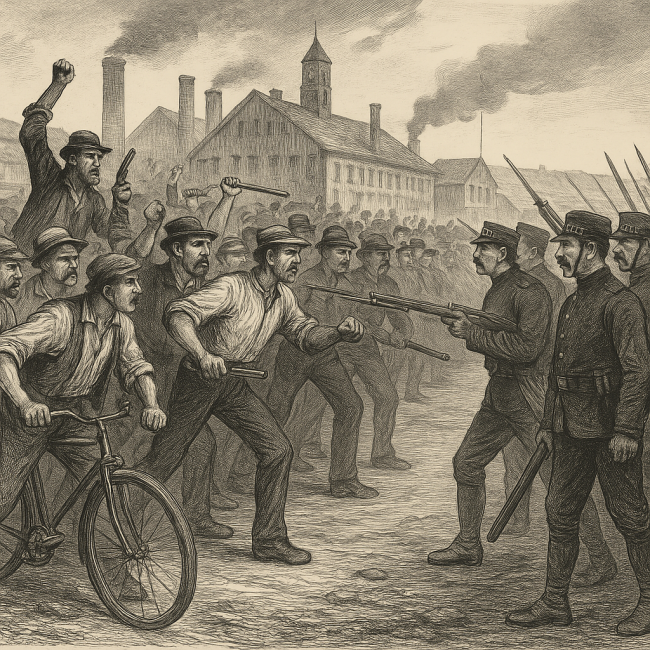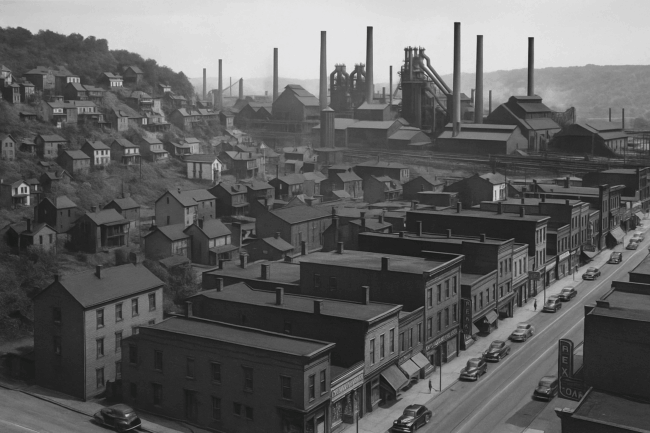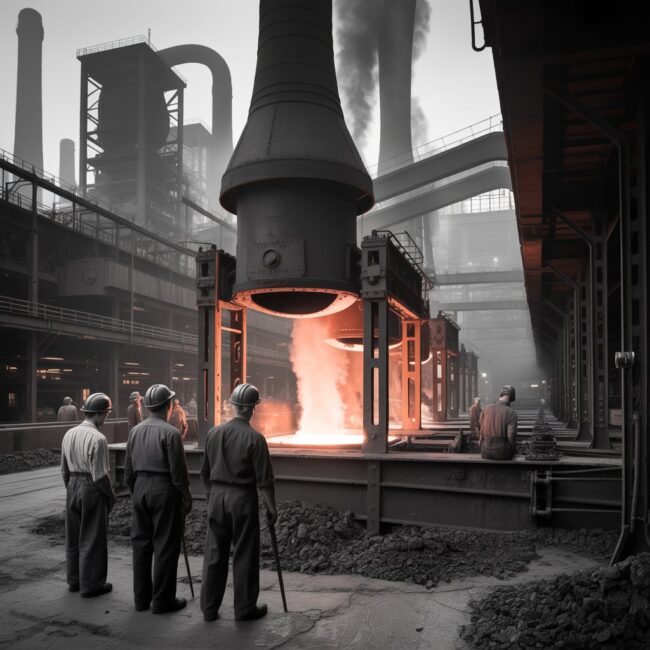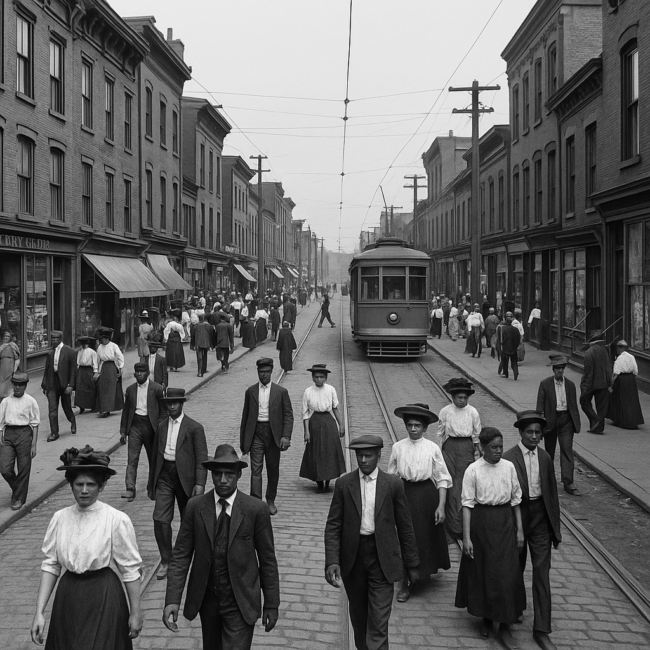Cookies, Community, and Tradition: The Story of Pittsburgh’s Wedding Cookie Table
Imagine you’re attending a wedding in Pittsburgh. The bride and groom are swaying through their first dance, the band is playing a familiar tune, and guests are clinking glasses. In the corner of the reception hall, however, another star of the show awaits: a cookie table overflowing with homemade treats. Tiered platters display hundreds of…

